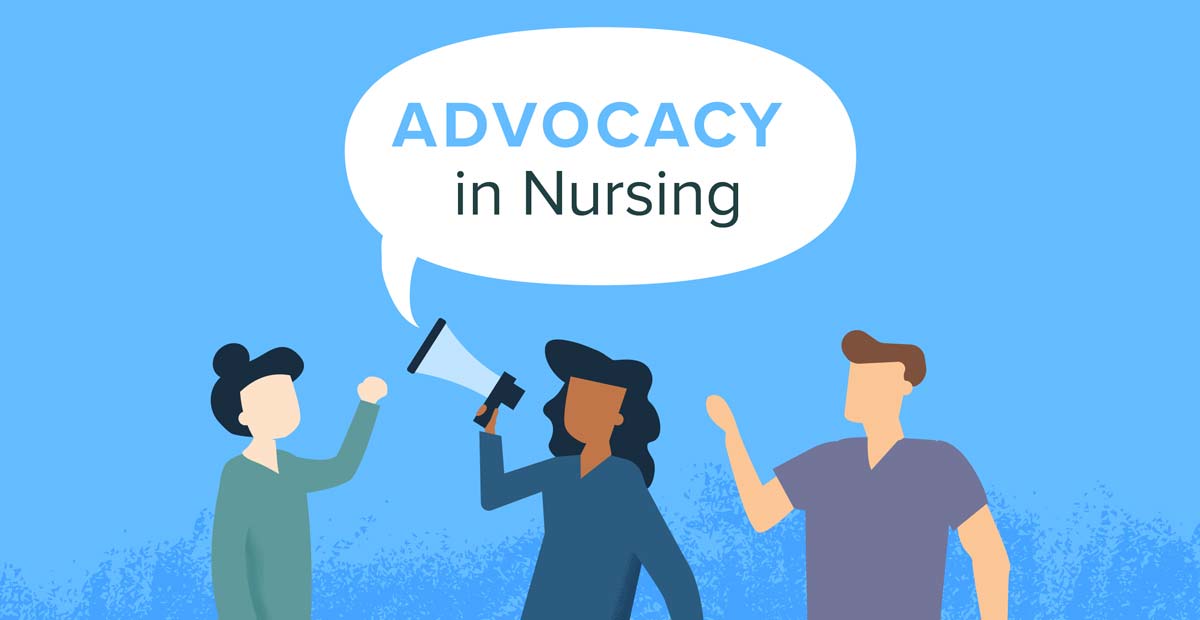Discussion – Theoretical foundations of qualitative and quantitative methods – Answered
Discussion – Theoretical foundations of qualitative and quantitative methods – Answered
The theoretical foundations of qualitative and quantitative methods are very different, but many researchers believe both methods should be used in the research study to increase validity and reliability. What advantages or disadvantages do you see in using both types of methods in a nursing study? Support your answer with current evidence-based literature (Discussion – Theoretical foundations of qualitative and quantitative methods – Answered).
Answer
Advantages and Disadvantages of Using Both Qualitative and Quantitative Methods in Nursing Research
Advantages
- Comprehensive Understanding
Integrating both qualitative and quantitative methods in a nursing study allows for a more comprehensive understanding of the research problem. Quantitative methods provide numerical data and statistical analysis, which offer generalizable findings and allow for hypothesis testing. In contrast, qualitative methods provide in-depth insights into participants’ experiences, perceptions, and motivations, which help contextualize and interpret the quantitative findings. This combination, often referred to as mixed-methods research, enables researchers to capture both the breadth and depth of a phenomenon, enhancing the overall validity of the study (Creswell & Plano Clark, 2017).
- Enhanced Validity and Reliability
Using both methods can enhance the validity and reliability of research findings. Quantitative methods can offer robust, generalizable results, while qualitative methods can provide rich, contextual details that help explain those results. This approach helps to triangulate findings, where different types of data converge on the same conclusion, thereby increasing the study’s credibility and robustness. For example, a study on patient satisfaction with nursing care could use quantitative surveys to measure satisfaction levels and qualitative interviews to explore patients’ personal experiences and specific areas for improvement (Polit & Beck, 2021).
Disadvantages
- Complexity and Resource Intensity
Combining qualitative and quantitative methods can increase the complexity of the research design and the amount of time and resources required. Researchers must be skilled in both methodologies, which can necessitate additional training and expertise. Moreover, the integration of data from both methods can be challenging and time-consuming, as it involves analyzing and synthesizing different types of data and ensuring that they complement each other effectively (Tashakkori & Teddlie, 2010).
- Potential for Mixed Results
The integration of qualitative and quantitative data can sometimes lead to conflicting results, which may complicate the interpretation of findings. For instance, quantitative data might reveal a statistically significant trend, while qualitative data might provide contradictory insights that challenge the statistical conclusions. This discrepancy can create difficulties in drawing coherent conclusions and might require additional analysis and explanation to reconcile the differences (Sandelowski, 2014).
Conclusion
Using both qualitative and quantitative methods in nursing research offers significant advantages, including a comprehensive understanding of research problems and enhanced validity and reliability. However, it also presents challenges such as increased complexity, resource demands, and potential for mixed results. Despite these challenges, the mixed-methods approach remains a valuable strategy for gaining a holistic view of nursing phenomena and improving research outcomes. (Discussion – Theoretical foundations of qualitative and quantitative methods – Answered)
References
- Creswell, J. W., & Plano Clark, V. L. (2017). Designing and conducting mixed methods research (3rd ed.). Sage Publications.
- Polit, D. F., & Beck, C. T. (2021). Nursing research: Generating and assessing evidence for nursing practice (11th ed.). Wolters Kluwer. https://cmc.marmot.org/Record/.b62526911
- Sandelowski, M. (2014). Using qualitative research. In The SAGE Handbook of Mixed Methods in Social & Behavioral Research (2nd ed., pp. 97-111). Sage Publications.
- Tashakkori, A., & Teddlie, C. (2010). Sage handbook of mixed methods in social & behavioral research (2nd ed.). Sage Publications.






